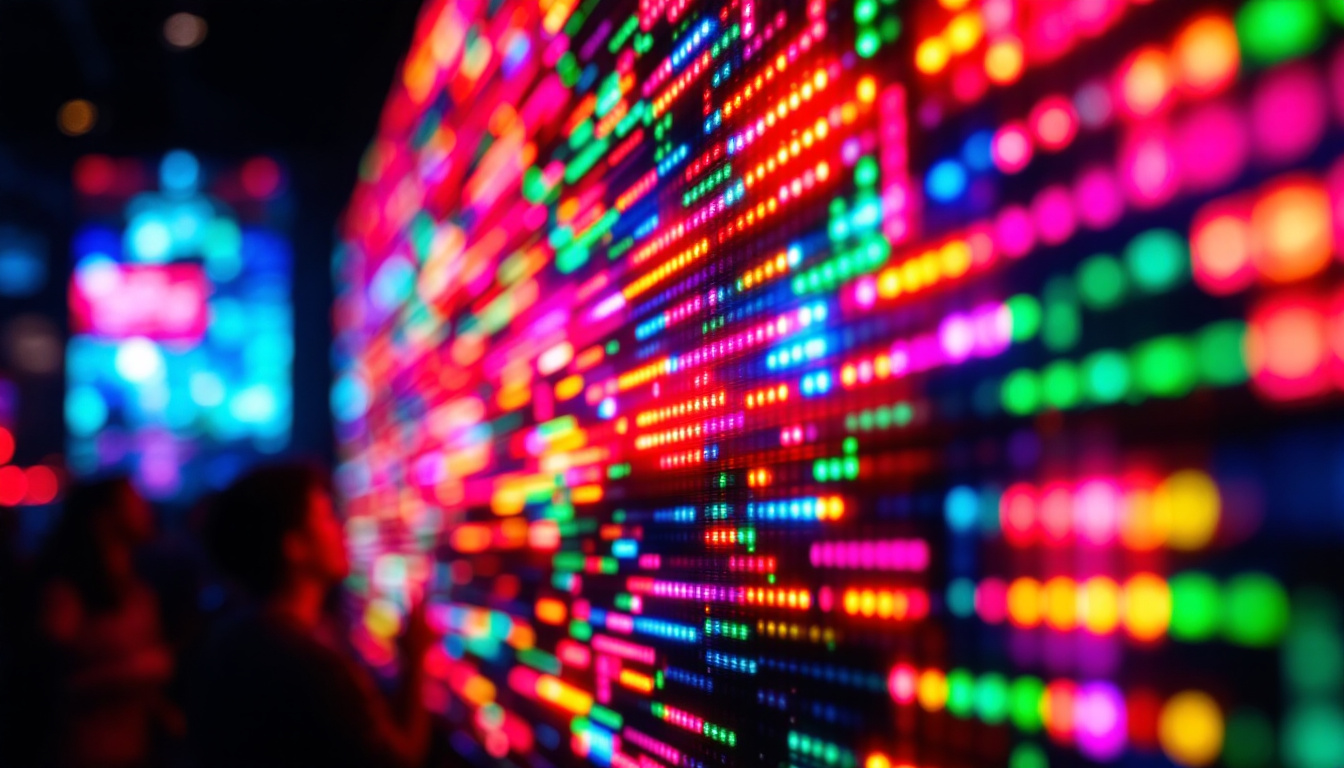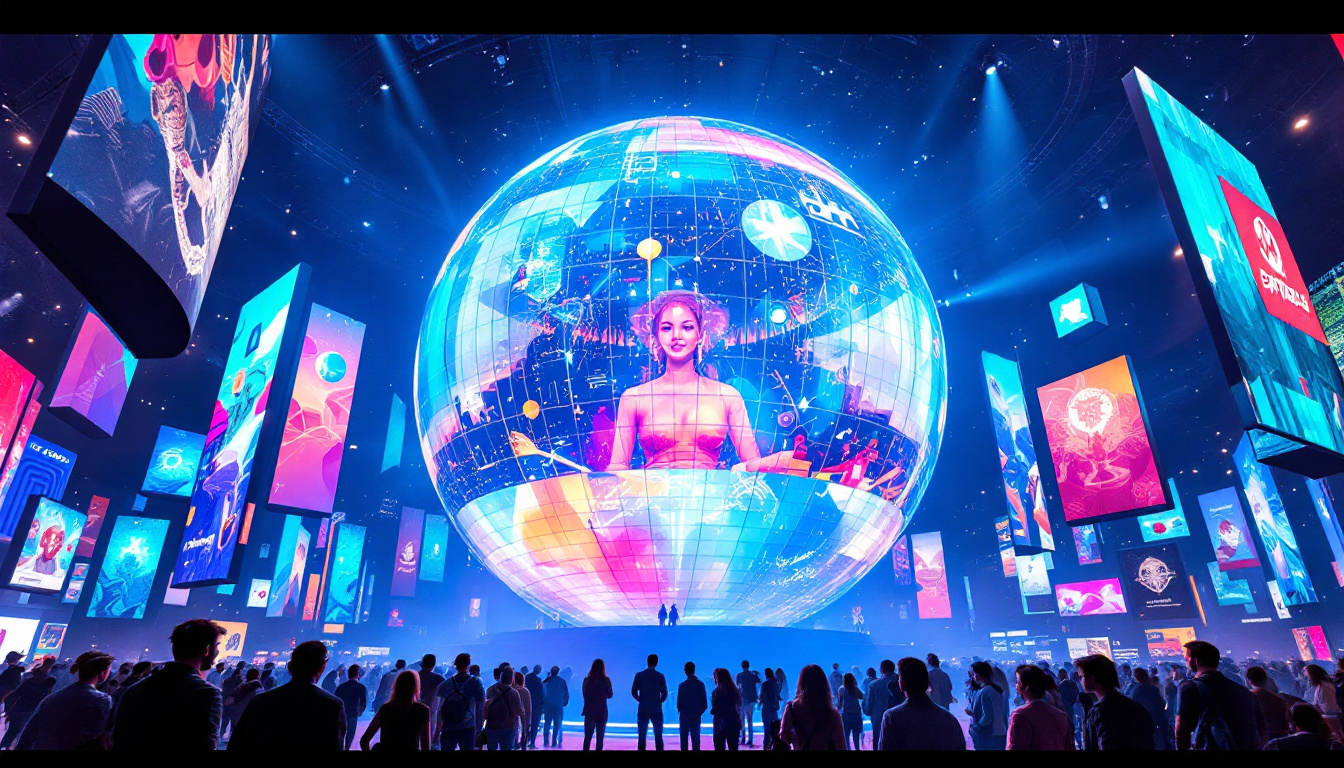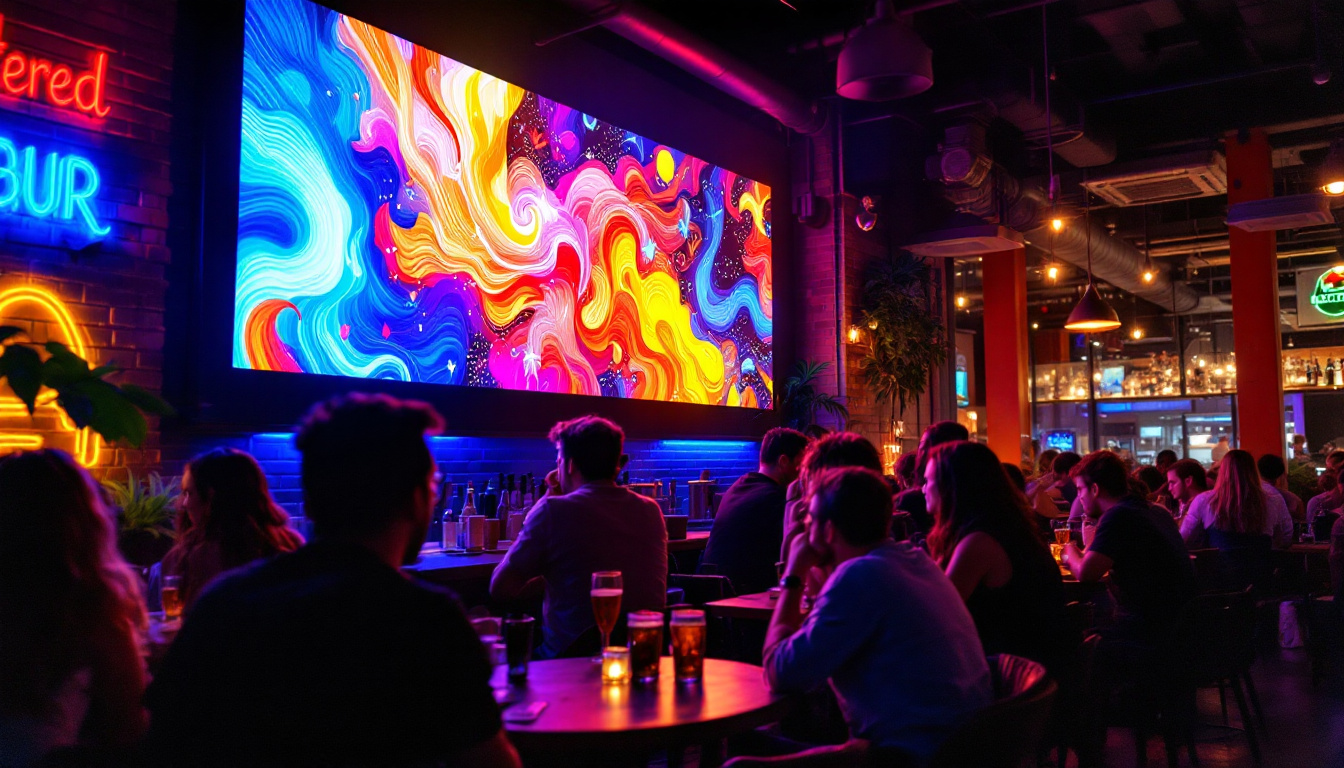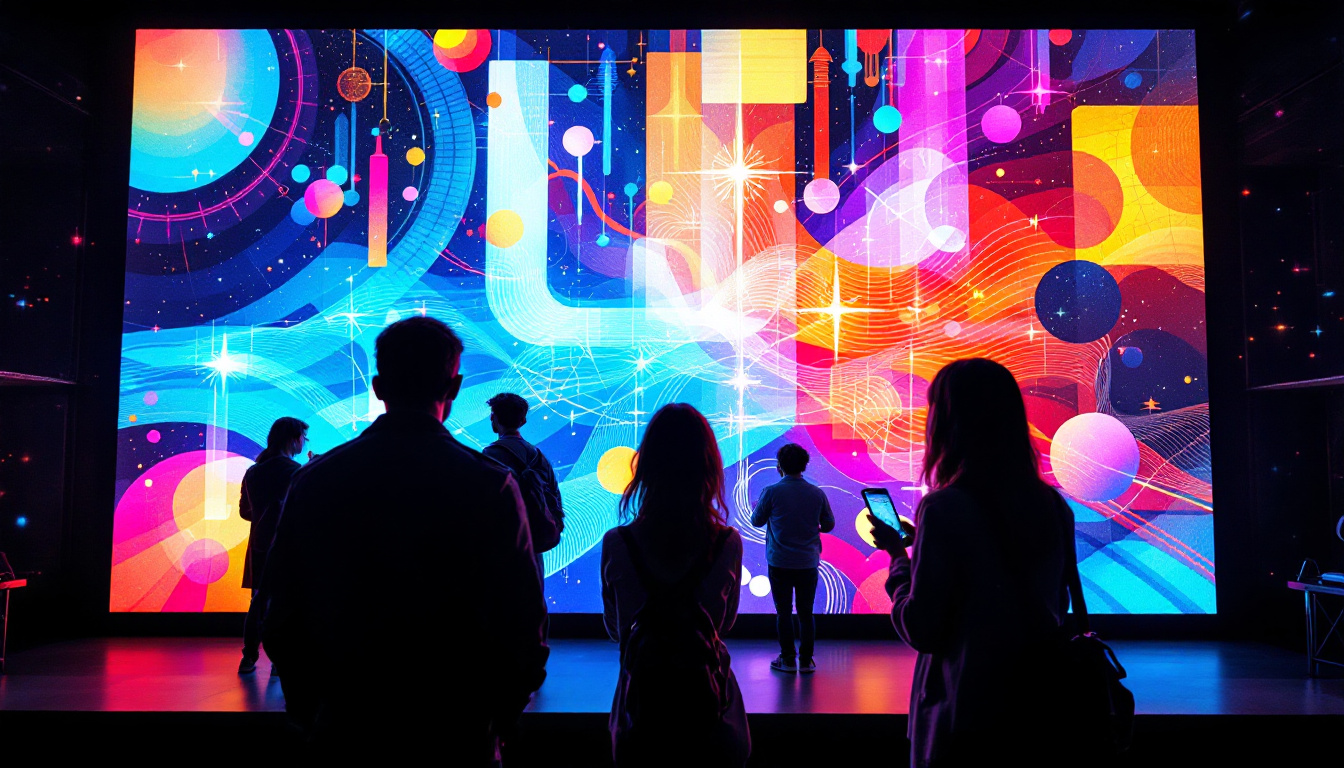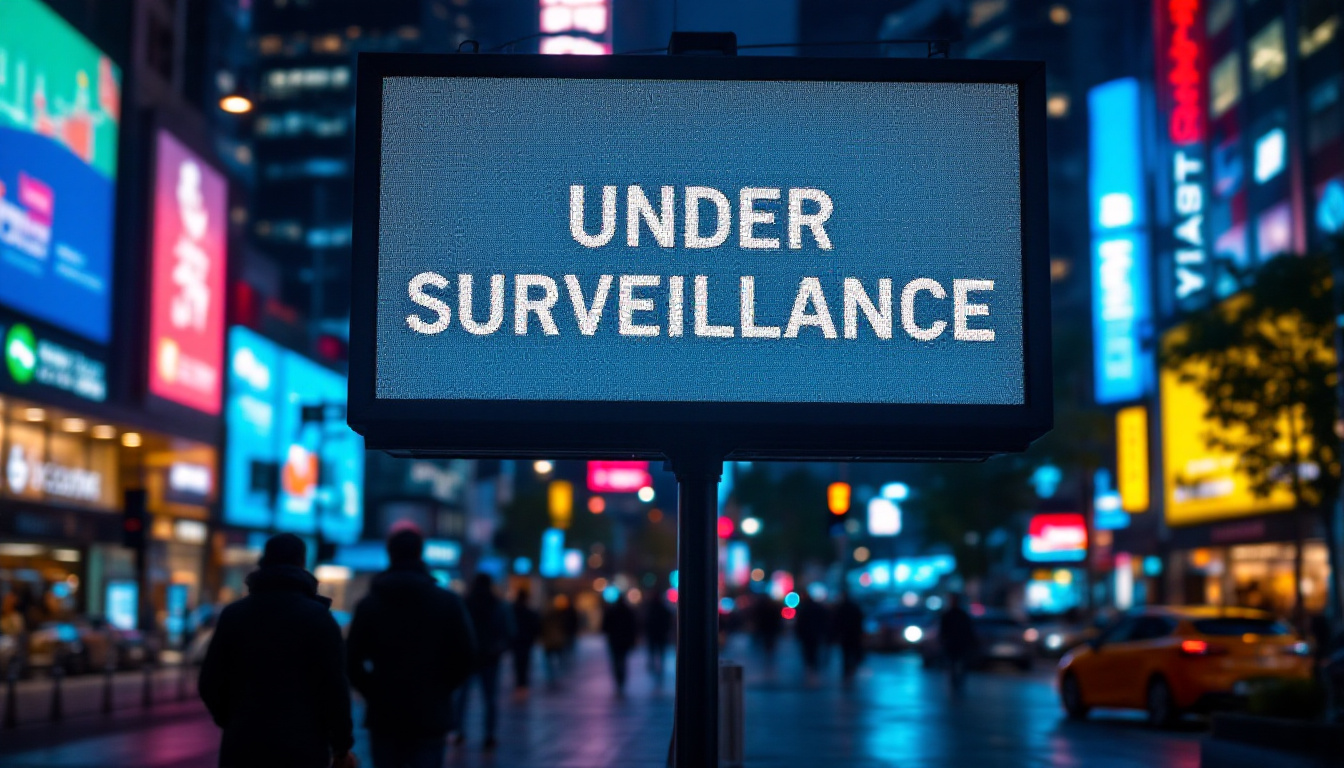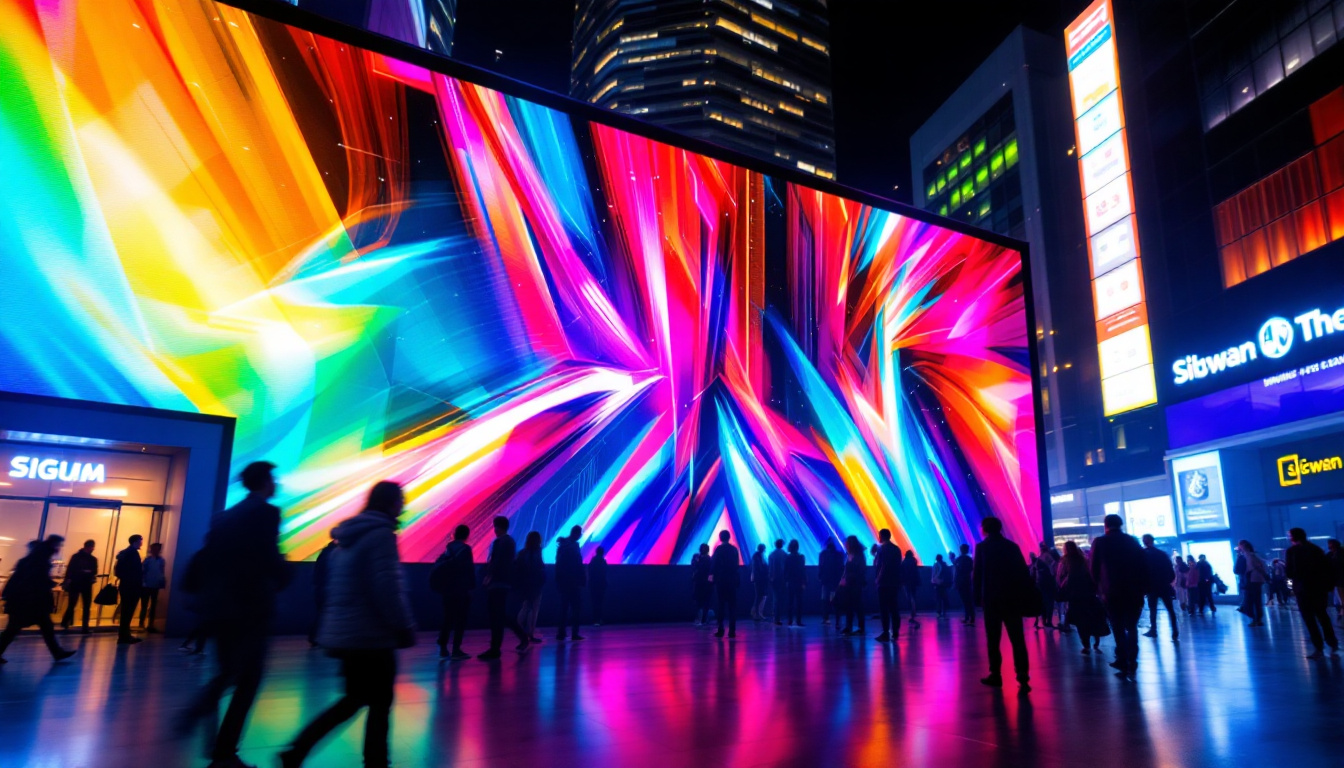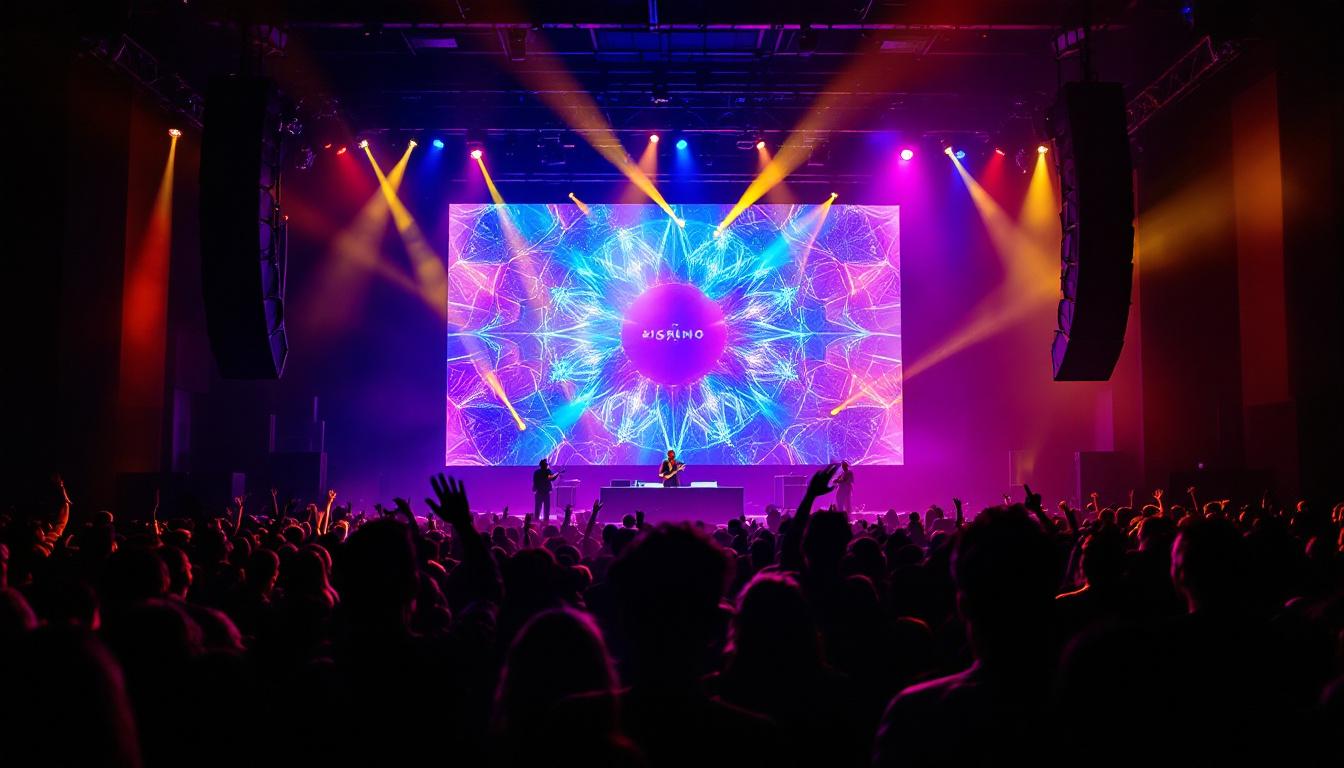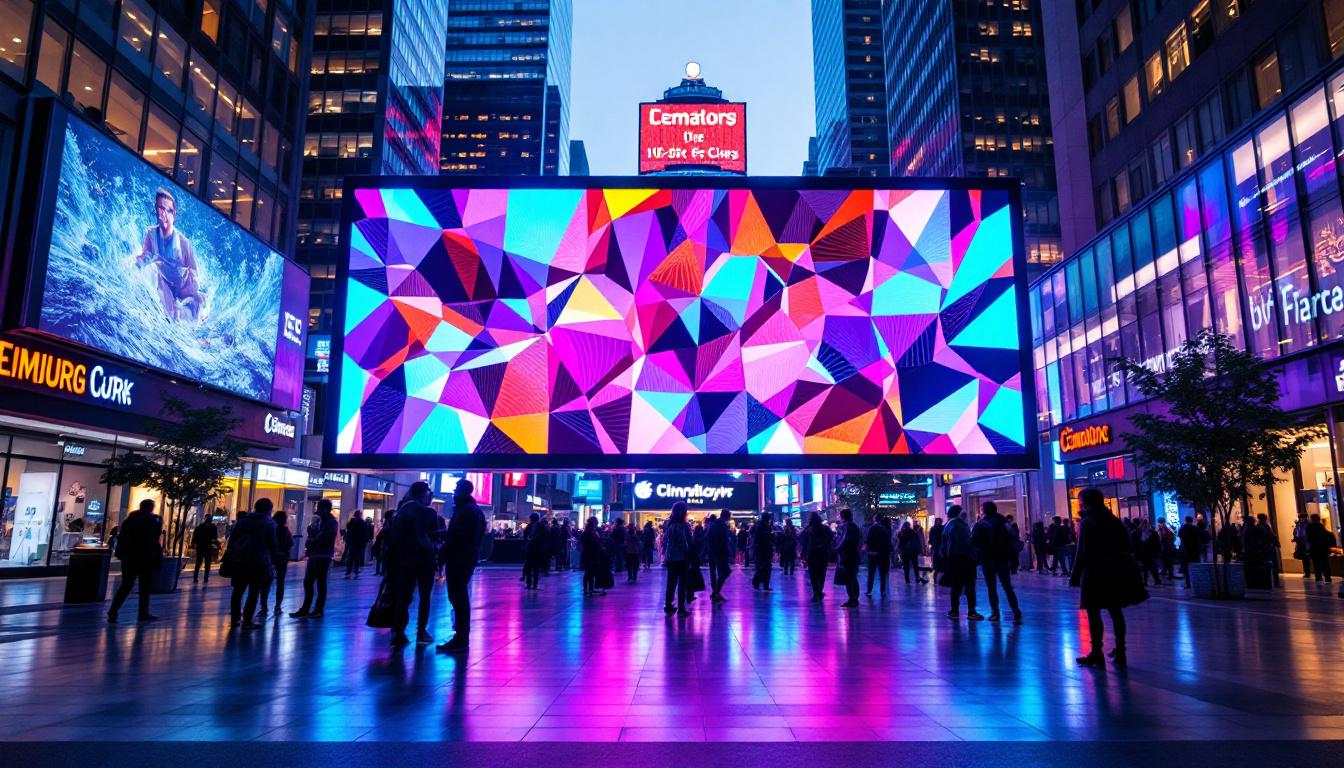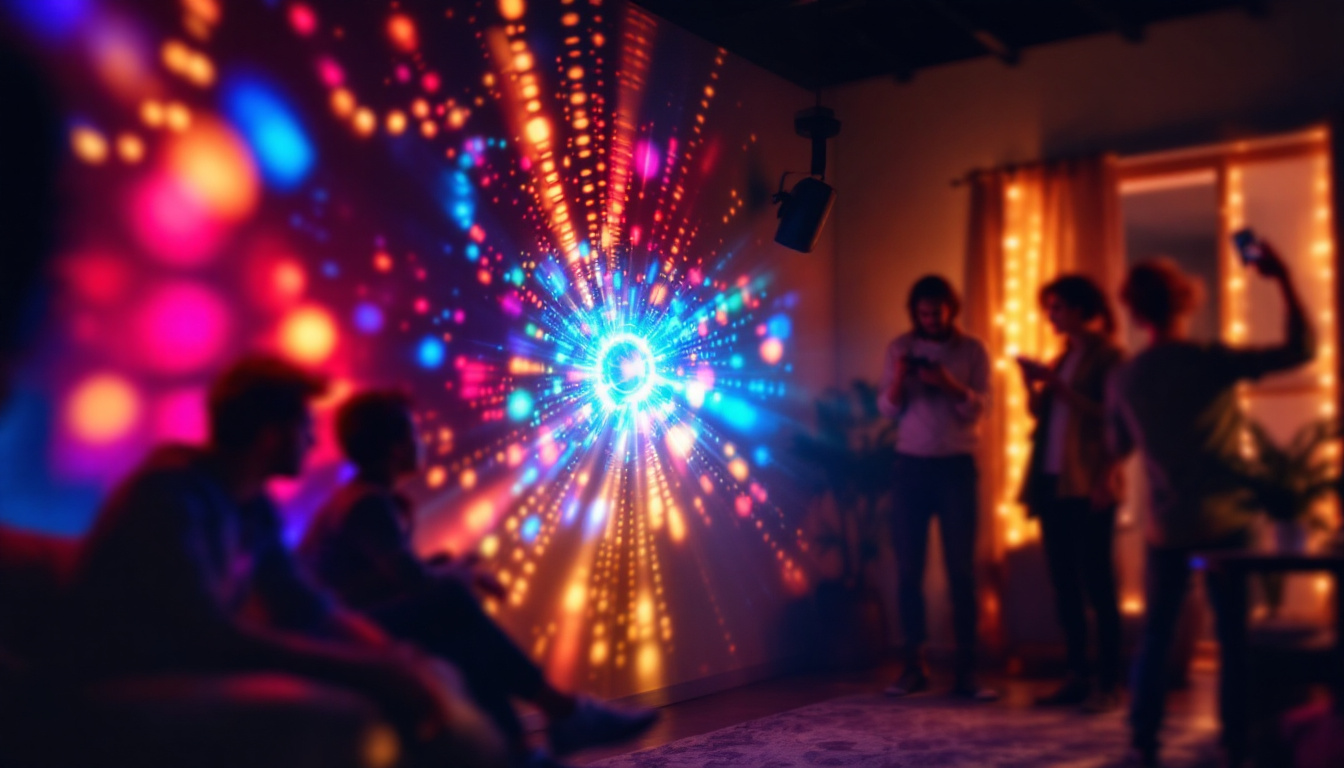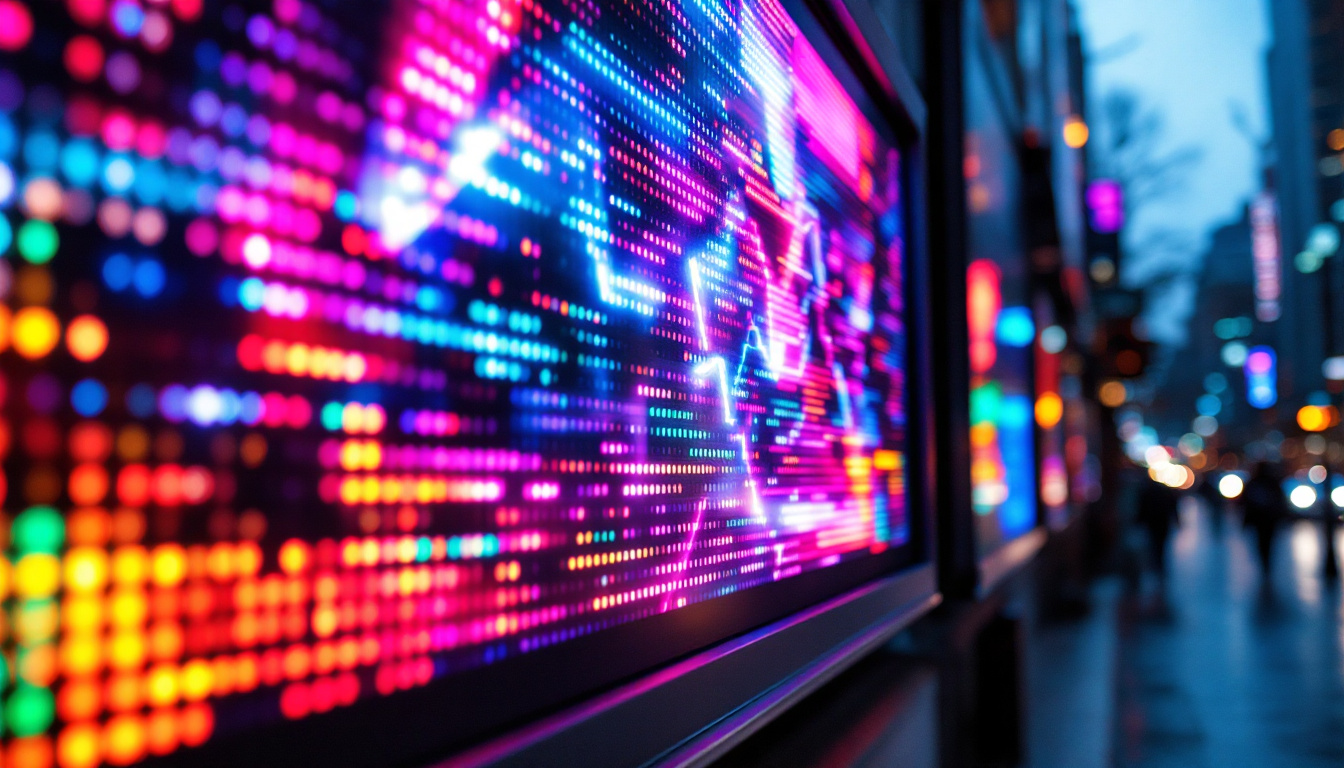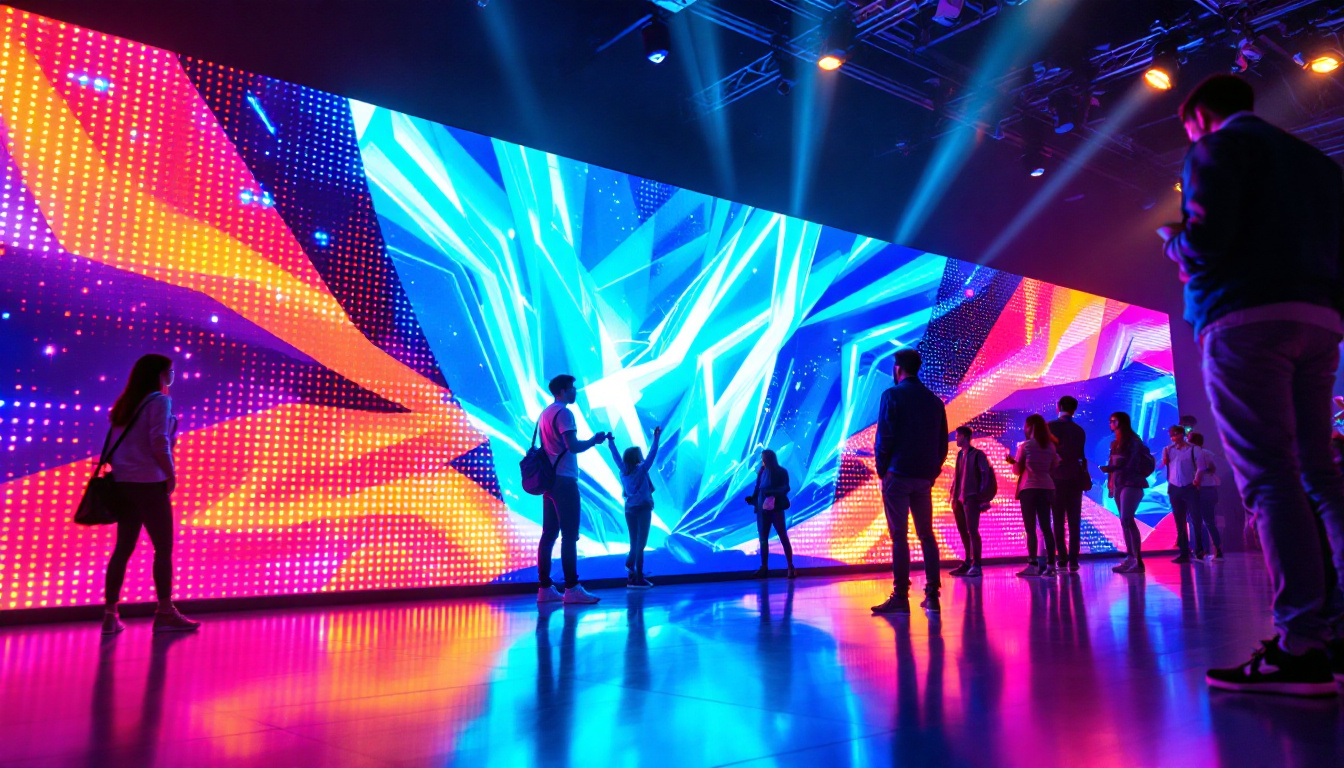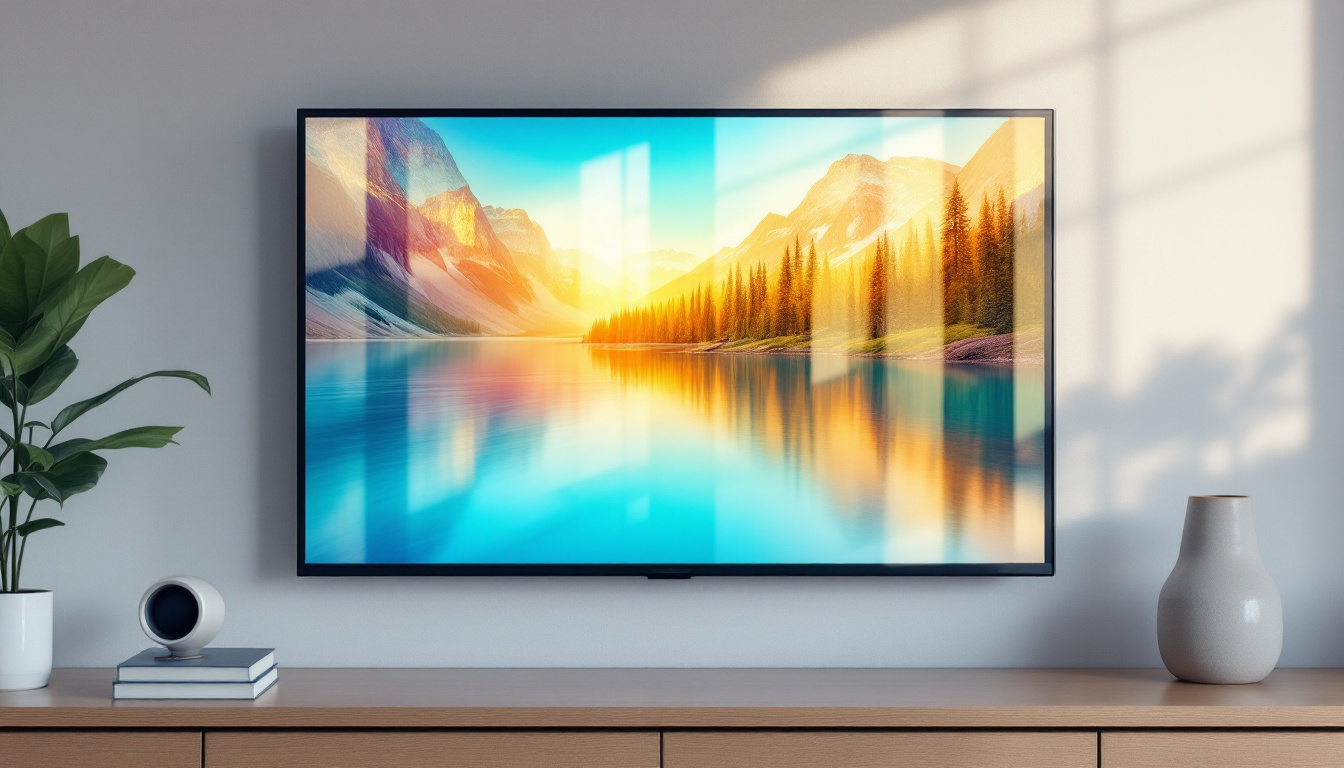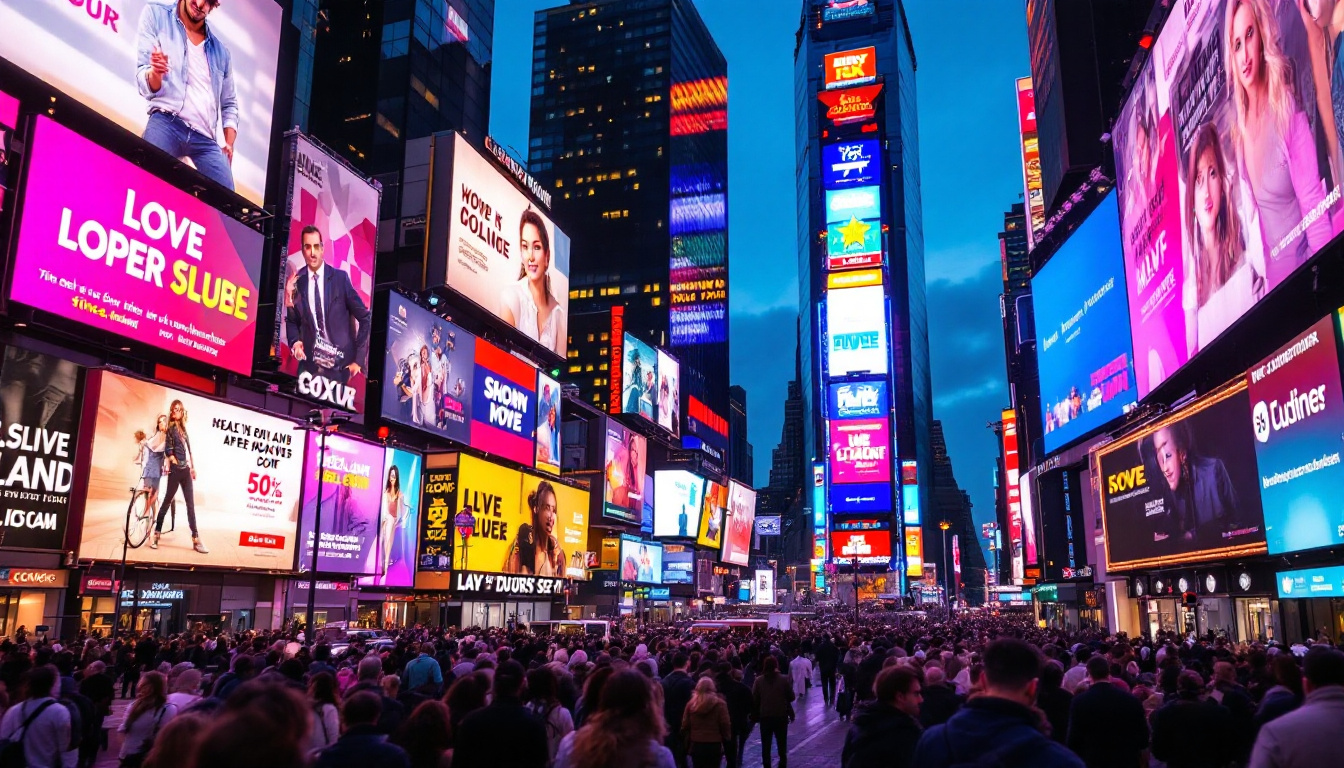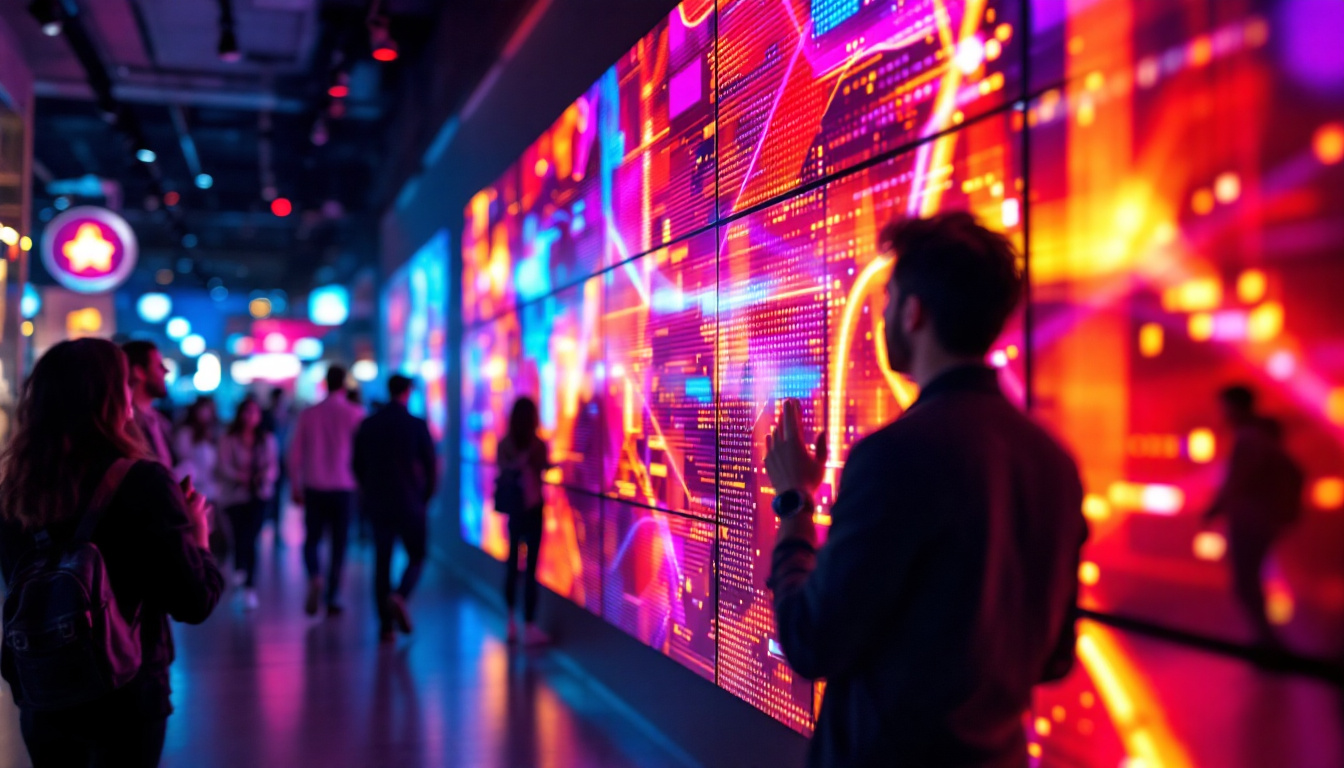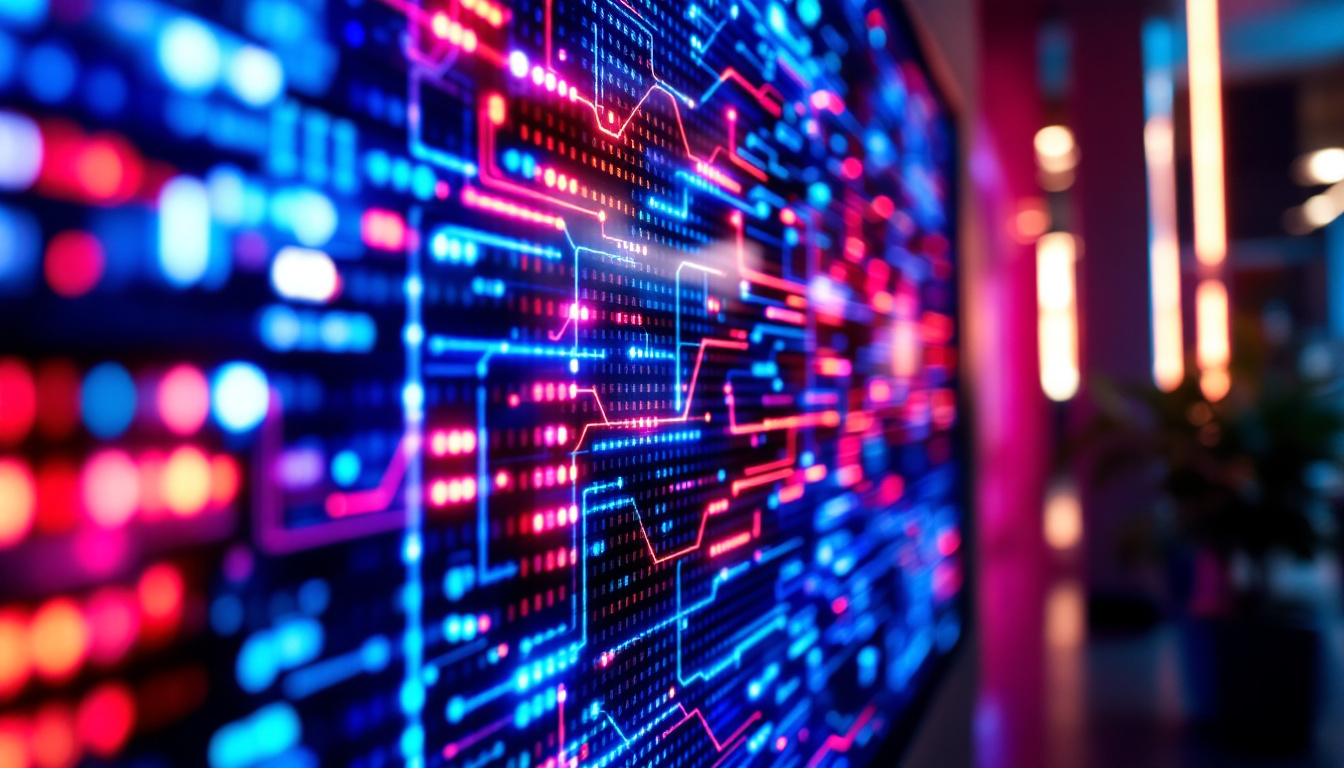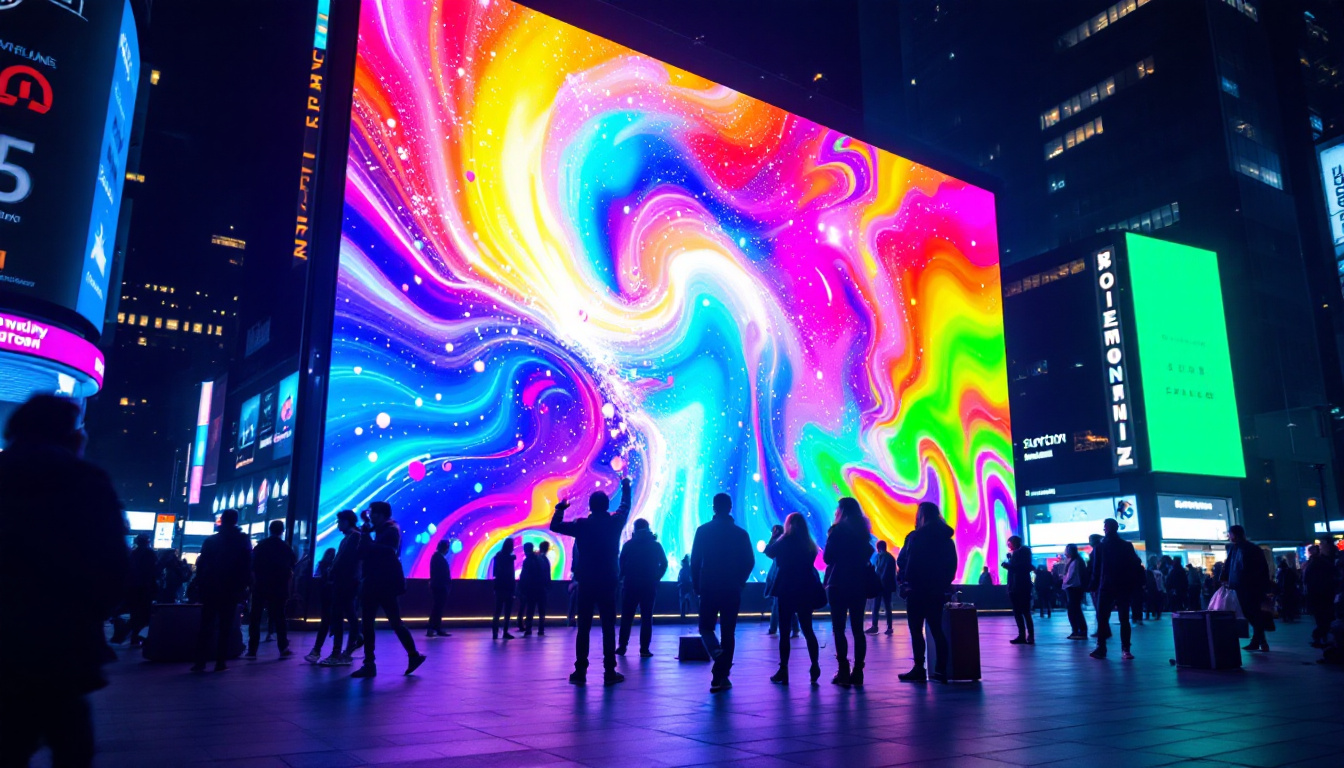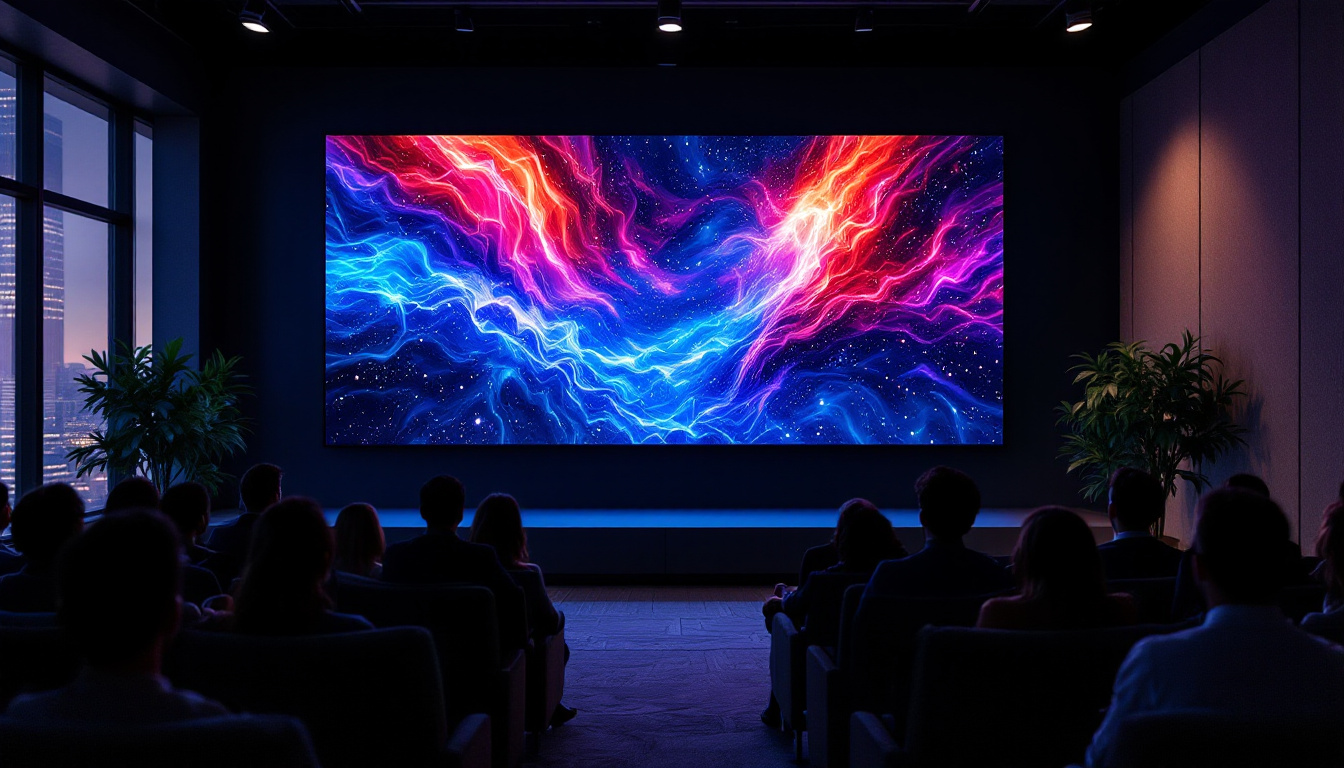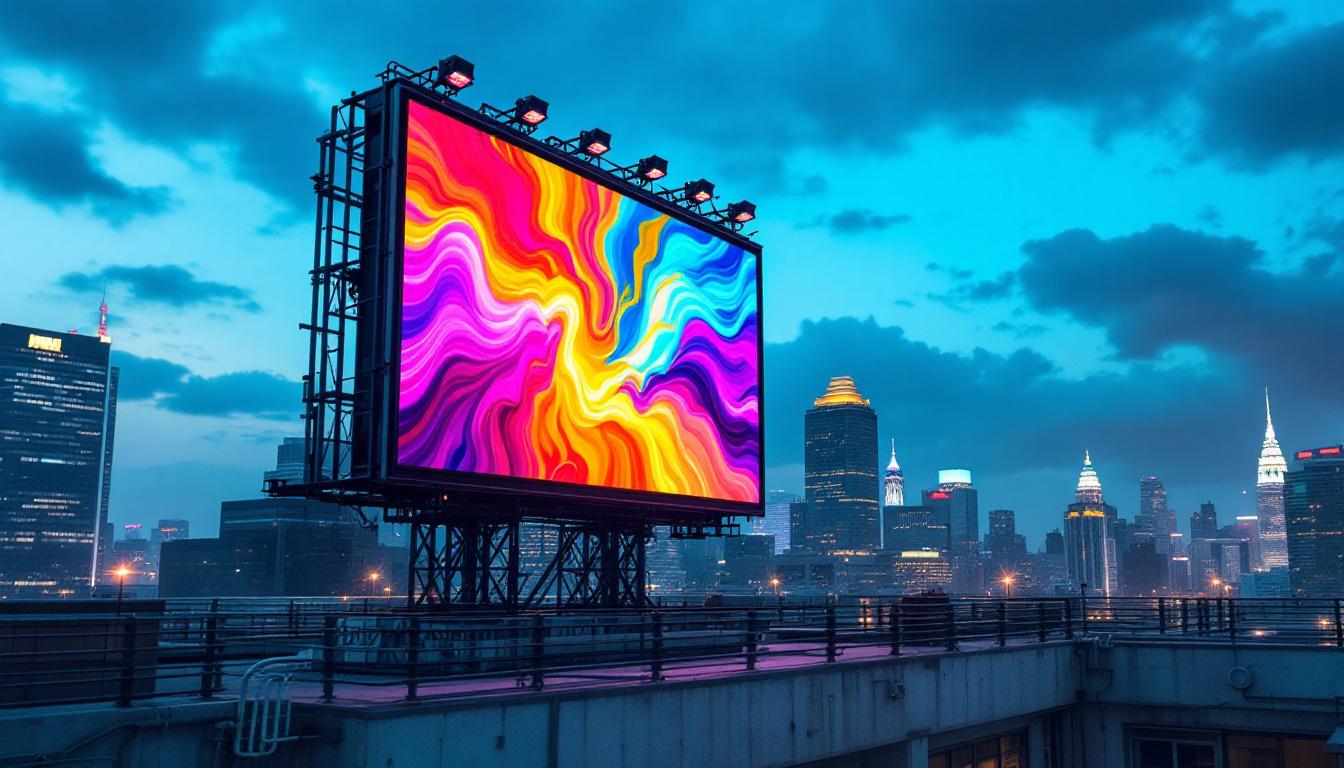In the realm of audio-visual presentations, LED displays have emerged as a transformative technology, revolutionizing the way information is conveyed and experiences are enhanced. From concerts to corporate events, the vibrant colors and dynamic visuals of LED screens have become a staple in the industry. This article delves into the intricacies of LED displays, exploring their technology, applications, and advantages.
Understanding LED Technology
Light Emitting Diodes (LEDs) are semiconductor devices that emit light when an electric current passes through them. This fundamental principle is the backbone of LED displays, which consist of numerous tiny LED bulbs arranged in a grid. The combination of red, green, and blue (RGB) LEDs allows for the creation of a full spectrum of colors, resulting in stunning visual displays. The energy efficiency of LEDs is another significant advantage; they consume less power compared to traditional incandescent bulbs, making them a more sustainable choice for lighting and display technologies.
How LED Displays Work
LED displays operate on a simple yet effective principle. Each pixel on the screen is made up of three sub-pixels: one red, one green, and one blue. By adjusting the intensity of each sub-pixel, a wide range of colors can be produced. The more pixels present on the display, the higher the resolution, leading to sharper images and more detailed visuals. This capability has revolutionized various industries, from entertainment to advertising, allowing for dynamic content that can be updated in real-time. Furthermore, the rapid response time of LEDs ensures that motion graphics appear smooth and fluid, enhancing the viewer’s experience.
Moreover, LED displays can be categorized into two main types: direct view and backlit. Direct view LED displays use individual LEDs to create the image, while backlit displays use LEDs to illuminate a liquid crystal display (LCD) panel. Each type has its own set of advantages and is suited for different applications. For instance, direct view displays are often favored for their superior brightness and contrast ratios, making them ideal for large-scale outdoor advertising. In contrast, backlit displays are commonly used in televisions and computer monitors, where they provide excellent color accuracy and viewing angles.
Types of LED Displays
LED displays can be classified into several categories based on their application and design. The most common types include:
- Indoor LED Displays: These are designed for use in controlled environments, such as conference rooms and shopping malls. They typically have a higher pixel density, providing crisp images even at close viewing distances. Indoor displays are often used for presentations, digital signage, and interactive installations, where clarity and detail are paramount.
- Outdoor LED Displays: Built to withstand the elements, these displays are used for billboards, sports arenas, and concerts. They are designed to be bright enough to be visible in direct sunlight and are often weather-resistant. The durability of outdoor displays ensures that they can operate continuously in various weather conditions, making them a reliable choice for public advertising and event promotion.
- Transparent LED Displays: These innovative displays allow for visibility through the screen, making them ideal for retail environments where product visibility is crucial. By blending digital content with physical products, transparent displays create a unique shopping experience that captivates consumers and enhances brand engagement.
In addition to these common types, there are also specialized LED displays, such as flexible LED screens that can be bent or shaped to fit unconventional spaces, and high-definition LED walls that provide immersive experiences for events and exhibitions. The versatility of LED technology continues to inspire new applications, pushing the boundaries of what is possible in visual communication and design. As advancements in LED technology progress, we can expect even more innovative solutions that cater to diverse needs across various industries.
Applications of LED Displays
The versatility of LED displays has led to their widespread adoption across various industries. Their applications range from entertainment to advertising, making them a vital component in modern communication strategies.
Entertainment and Events
In the entertainment industry, LED displays are used extensively for concerts, festivals, and live events. They provide a dynamic backdrop that enhances the overall experience for attendees. The ability to create stunning visual effects, synchronized lighting, and immersive environments has made LED screens an essential tool for event organizers.
Moreover, large-scale LED video walls can be used to display live feeds, graphics, and animations, ensuring that every audience member has a clear view of the action, regardless of their location in the venue.
Advertising and Marketing
LED displays have revolutionized advertising by offering a dynamic platform for marketers to engage with their audience. Digital billboards and signage can display eye-catching advertisements that can be updated in real-time. This flexibility allows businesses to tailor their messages based on time, location, and audience demographics.
Furthermore, the vibrant colors and high brightness of LED displays attract attention, making them more effective than traditional static signage. They can also incorporate animations and videos, further enhancing their impact.
Corporate and Retail Environments
In corporate settings, LED displays are used for presentations, meetings, and training sessions. Their ability to deliver high-quality visuals ensures that information is conveyed clearly and effectively. Interactive LED screens can also facilitate collaboration, allowing multiple participants to engage with the content.
In retail environments, LED displays serve as powerful marketing tools. They can showcase products, promotions, and brand messages, creating an engaging shopping experience for customers. Additionally, their ability to display dynamic content can help retailers adapt to changing trends and customer preferences.
Advantages of LED Displays
The growing popularity of LED displays can be attributed to their numerous advantages. From energy efficiency to superior image quality, these displays offer a range of benefits that make them an attractive choice for various applications.
Energy Efficiency
One of the most significant advantages of LED displays is their energy efficiency. Compared to traditional display technologies, such as LCD and plasma, LEDs consume significantly less power. This not only reduces operational costs but also minimizes the environmental impact, making LED displays a more sustainable option.
Additionally, advancements in LED technology have led to even greater energy savings, with some displays offering the ability to adjust brightness based on ambient light conditions. This feature further enhances energy efficiency while ensuring optimal visibility.
Durability and Longevity
LED displays are known for their durability and longevity. Unlike traditional displays, which may suffer from burn-in or degradation over time, LED screens are built to withstand the rigors of constant use. They are resistant to shock, vibration, and temperature fluctuations, making them suitable for a wide range of environments.
Moreover, the lifespan of LED displays can extend to over 100,000 hours, significantly reducing the need for frequent replacements and maintenance. This longevity translates to lower overall costs for businesses and organizations that rely on these displays for their operations.
Superior Image Quality
When it comes to image quality, LED displays excel in providing vibrant colors, high contrast ratios, and sharp visuals. The ability to produce deep blacks and bright whites enhances the overall viewing experience, making LED displays ideal for both indoor and outdoor applications.
Furthermore, advancements in technology have led to the development of HDR (High Dynamic Range) LED displays, which offer an even wider color gamut and improved brightness levels. This results in more lifelike images that captivate audiences and enhance the impact of visual content.
Challenges and Considerations
While LED displays offer numerous advantages, there are also challenges and considerations that need to be addressed. Understanding these factors can help businesses make informed decisions when investing in LED technology.
Initial Investment Costs
One of the primary challenges associated with LED displays is the initial investment cost. High-quality LED screens can be expensive, and the upfront costs may deter some businesses from making the switch. However, it is essential to consider the long-term savings associated with energy efficiency and reduced maintenance costs.
Additionally, as technology continues to advance, the prices of LED displays are gradually decreasing, making them more accessible to a broader range of users.
Installation and Maintenance
Installing LED displays can be a complex process that requires specialized knowledge and expertise. Proper installation is crucial to ensure optimal performance and longevity. Businesses may need to invest in professional installation services, which can add to the overall cost.
Maintenance is another consideration. While LED displays are durable, they still require regular upkeep to ensure they function correctly. This includes cleaning, calibration, and software updates. Organizations should factor in these ongoing maintenance costs when budgeting for their LED display systems.
The Future of LED Displays
The future of LED displays is bright, with continuous advancements in technology paving the way for even more innovative applications. As the demand for high-quality visual experiences grows, manufacturers are exploring new possibilities to enhance LED technology.
Emerging Technologies
One exciting development in the LED display industry is the integration of artificial intelligence (AI) and machine learning. These technologies can optimize display performance, analyze viewer engagement, and even personalize content based on audience preferences. This level of customization can significantly enhance the effectiveness of advertising and marketing efforts.
Additionally, the rise of flexible and foldable LED displays is opening up new possibilities for creative installations. These adaptable screens can be used in unconventional shapes and sizes, allowing for unique and eye-catching designs that were previously unattainable.
Sustainability Initiatives
As environmental concerns continue to rise, the LED display industry is also focusing on sustainability initiatives. Manufacturers are exploring eco-friendly materials and production processes to reduce the environmental impact of their products. This shift towards sustainability is not only beneficial for the planet but also aligns with the values of consumers who prioritize environmentally responsible choices.
Conclusion
LED displays have undoubtedly transformed the audio-visual landscape, offering unparalleled advantages in terms of image quality, energy efficiency, and versatility. As technology continues to evolve, the potential applications for LED displays will only expand, making them an essential tool for businesses and organizations across various industries.
While challenges such as initial investment costs and maintenance considerations exist, the long-term benefits of LED displays far outweigh these drawbacks. By understanding the intricacies of LED technology and its applications, businesses can harness the power of LED displays to enhance their communication strategies and create memorable experiences for their audiences.
In a world where visual communication is paramount, LED displays stand at the forefront, ready to illuminate the future of audio-visual presentations.
Discover LumenMatrix’s Innovative LED Solutions
Ready to elevate your audio-visual experience with the latest in LED technology? Look no further than LumenMatrix, a leader in crafting cutting-edge LED displays that bring your brand to life. Whether you’re in need of an Indoor LED Wall Display for your corporate events, an Outdoor LED Wall Display for impactful advertising, or any of our specialized solutions like Vehicle, Sports, or Floor LED Displays, LumenMatrix has you covered. Embrace the future of visual communication with our Custom, All-in-One, and Transparent LED Displays, designed to captivate and engage your audience. Check out LumenMatrix LED Display Solutions today and transform your space into a dynamic visual spectacle.

